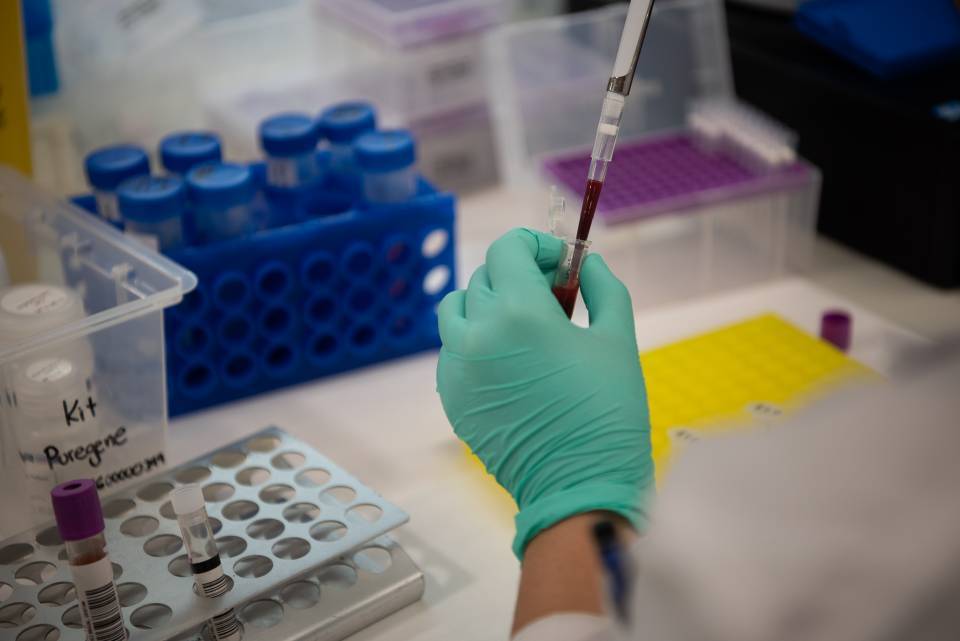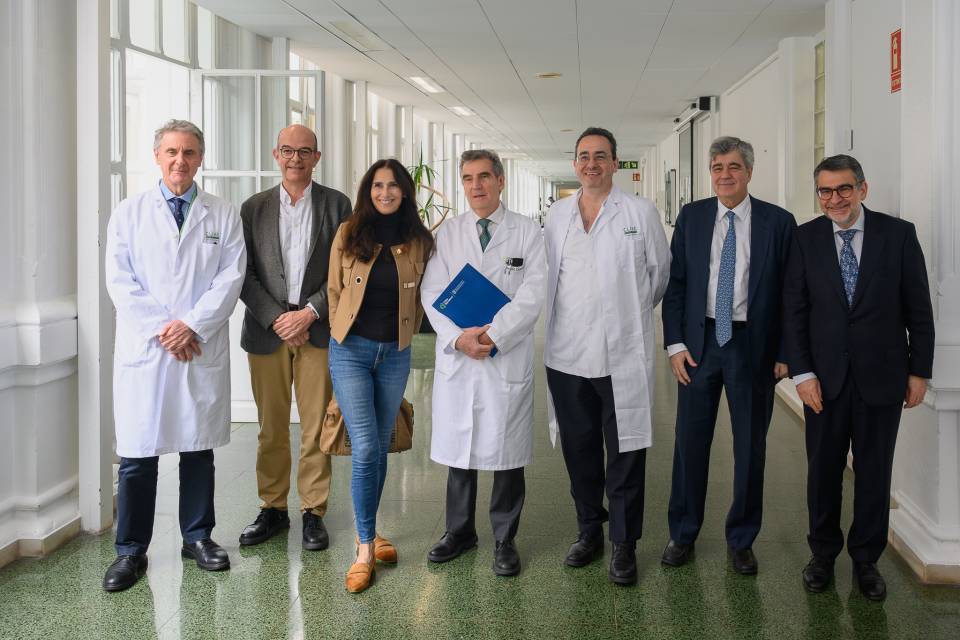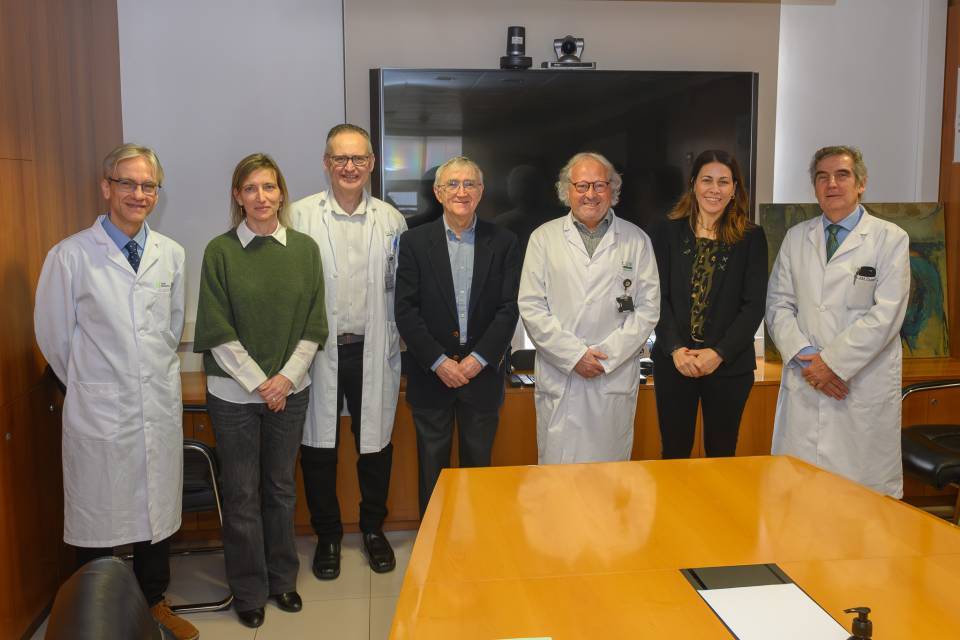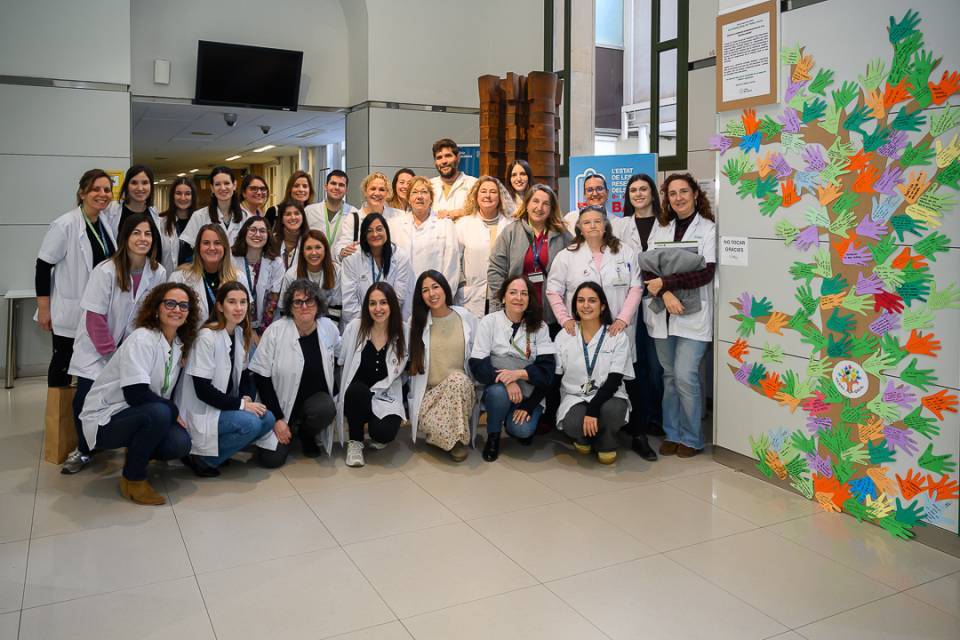In this research collaboration, ARTIDIS and teams from the University of Barcelona and Hospital Clínic de Barcelona will perform comparative analyses of nanomechanical profiles of cancer tissue and sub-cellular components, i.e. tumour microenvironments (TME), in human lung biopsies of patients with NSCLC undergoing surgery at the Hospital Clinic of Barcelona. The teams will use the proprietary ARTIDIS technology that provides nanomechanical profiling, based on atomic force microscopy of patient-derived tissues directly at the patient’s bedside, and combines it with extensive clinical information to deliver fast diagnosis and optimized treatment plans. This 18-month study aims to identify distinct nanomechanical signatures of major histological subtypes of NSCLC and their genetic and immune phenotype (‘hot’ and ‘cold’ tumour). Beyond that, the study aims to show that nanomechanical profiling may be a suitable diagnostic approach in lung cancer with advantages over existing methods, including fast diagnostic assessment, increased accuracy and high specificity with a low proportion of false positives, and could contribute to an early evaluation of the expected treatment response. The results of this collaboration will have a major impact on the information available to help to select the best treatment option for lung cancer patients.
“Physicists and engineers have long used atomic force microscopy to unravel the aberrant mechanobiology of preclinical models of cancer in laboratory settings. Now we bring ARTIDIS’ exciting technology to the clinic to investigate and identify novel nanomechanical biomarkers with the ultimate goal of enabling better treatment outcomes through optimized diagnosis and more guided therapeutic selections,” said Dr. Jordi Alcaraz, Associate Professor at the School of Medicine, University of Barcelona (UB) and associate group leader at the Institute for Bioengineering of Catalonia (IBEC).
“Although the survival of cancer patients has improved thanks to the introduction of targeted therapies, we still need better tools to predict treatment response. In this collaboration, we expect to define tailor-made therapies by classifying cancer subtypes, based on nanomechanical profiles of tumour cells and their microenvironment established using atomic force microscopy, and merging these findings with the patient’s clinical data from his/her own medical history. Ultimately, we aim at providing personalized treatments for cancer patients which will hopefully contribute to better outcomes,” added Dr. Noemi Reguart, Medical Oncologist at the Hospital Clínic de Barcelona (HCB).
“Our collaboration with some of Europe’s leading research and healthcare centres will provide invaluable insight into the nanomechanical features and the treatment of NSCLC,” said Marija Plodinec, PhD, CEO at ARTIDIS. “It will establish nanomechanical signatures as key biomarkers in lung cancer and will allow differentiating NSCLC subtypes and immune phenotypes. I am very excited about our ARTIDISNet digital platform's perspectives by combining such findings with the patient case history to establish comprehensive personal disease profiles. Our goal is to provide oncologists with a superior diagnostic approach in NSCLC that will guide patient stratification and will support them in making the best choice for successful treatment optimization for each patient.”
This collaboration is bringing ARTIDIS’ unique capabilities for measuring the physical aspects of biological tissue at the molecular level together with the profound expertise of the research group of Dr. Alcaraz at the UB on AFM mechanical measurements of cells and tissues, and that of the clinical group of Dr. Reguart at the HCB on the molecular analysis and diagnosis of lung cancer.
Lung cancer is one of the most common cancers and the leading cause of cancer-related death worldwide. Major reasons underlying this high mortality rate are late diagnosis and lacking methods to effectively stratify patients into distinct risk outcome groups, coupled with limited treatment options and very poor prognosis overall. The currently available diagnostic tools in lung cancer include various imaging modalities, histopathological tumour subtyping and molecular profiling of tumour biopsies. Molecular testing at the time of diagnosis also guides therapy selection, and targeted therapies in patients with several actionable genetic alterations (such as EGFR, ALK, ROS, BRAF, NTRK) are nowadays part of routine clinical management. Immunotherapy represents one of the most promising therapeutic approaches in lung cancer and evaluation of immune markers such as PD-L1 is also required at diagnosis to identify those NSCLC patients who most benefit from treatment. However, only ≤20% of lung cancer patients will respond overall, underscoring the urgent need for improved fast and early detection methods while supporting personalized treatment approaches.




